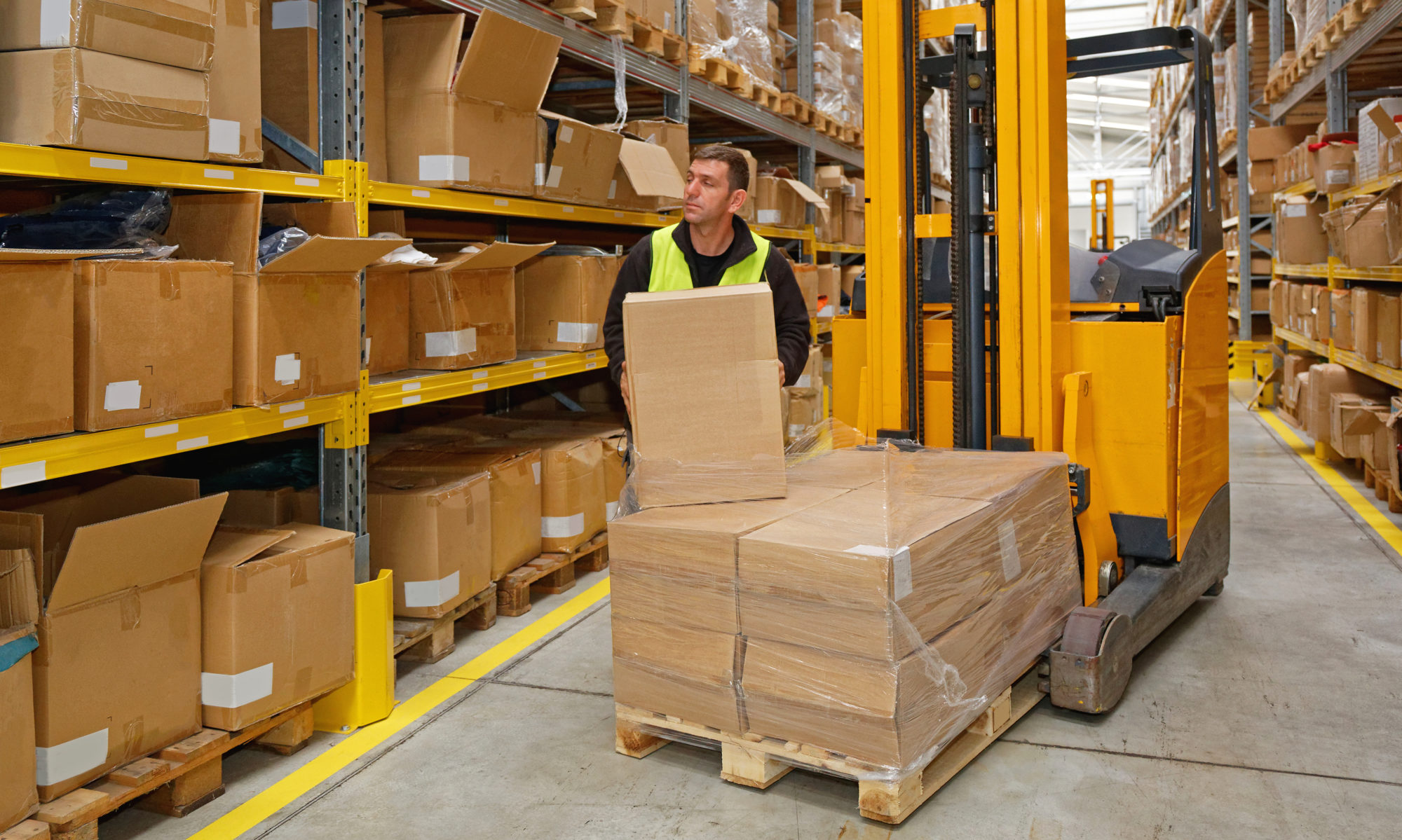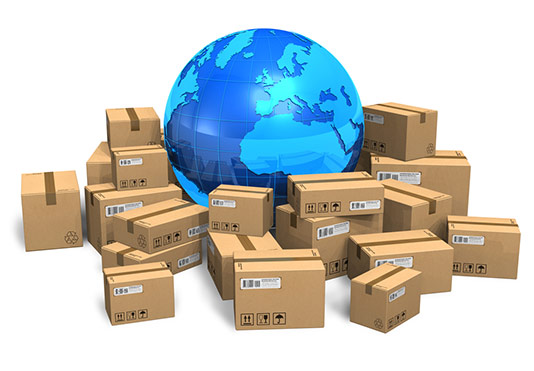With platforms dedicated to product feed and promotions, Google Shopping aims to simplify business for online merchants. The program is also tightly integrated with Shopify, a hugely popular e-commerce platform.
But don’t expect to set up Google Shopping and sit back while orders flow into your fulfillment warehouse. You’re at the mercy of Google Shopping’s control unless you take some proactive steps to optimize results.
Here are six expert tips for ways to get the most bang out of your Google Shopping buck and truly keep your fulfillment warehouse busy filling orders.
Optimize Your Website
• Are your product titles consistent with manufacturer listings?
• Does your own brand use titles with high search volume keywords?
• Is your page content unique, or do you simply copy-and-paste from other websites?
Add Negative Keywords
The word “negative” automatically sounds counterproductive, but this is an essential factor in your promotional strategy. When you enter negative keywords into Google Ads Shopping Campaigns, they keep your ad from showing for untargeted traffic you do not want.
Clicks without conversions do nothing but cost you money. Proper use of negative keywords helps assure that your ads will get in front of people who have a genuine interest in your product or service.
Segment Your Google Shopping Campaigns
Your products don’t all sell at the same rate, so why should they all get equal amounts of your promotional budget? If everything goes in the same bucket, it’s difficult to tell which items are the most profitable.
When you segment campaigns, you get more specific data that lets you compare the individual performance of different items. Suggested categories include:
• Price
• Brand
• Best sellers
• Seasonality
Bid Strategically for Activity
Cost per click, or CPC, is another factor that should not be cookie-cutter. A good rule of thumb is to divide the price of a product by its profit margin, then multiply that number by the standard conversion rate. (According to SmartInsights, average conversion rates are 3.73 percent for traditional devices and 1.14 percent for mobile devices.)
Make Sure to Adjust Bids for Mobile Devices
As noted in the previous tip, there’s a significant spread between conversion rates for desktop and mobile. Google Shopping does allow you to set separate bids for mobile so that your budget is concentrated in the area that’s most productive.
Understand as you set your bid, that sometimes the first clicks you get during a path to a sale may be on a mobile device and the conversion may be on a desktop. Bid down mobile too far and you may cut your conversion activity.
Set Up Remarketing Campaigns
Based on the average conversion rate, it’s clear that even the best campaigns capture only a minority of shoppers. What’s more, only two percent of those conversions are captured on the first visit! When visitors drop off, re targeting these visitors with a remarketing campaign keeps your message in front of those prospects for up to 30 days.
Medallion: Your Full-Service Fulfillment Warehouse
Just as online marketing campaigns are not one-size-fits-all, a great fulfillment warehouse should be able to accommodate your individual specifications.
At Medallion Fulfillment & Logistics, we consider ourselves a partner in your success. Our services are flexible enough to scale up or down to fit your requirements.
Contact us today to learn why Medallion Fulfillment & Logistics is the right solution for your fulfillment warehouse needs.

